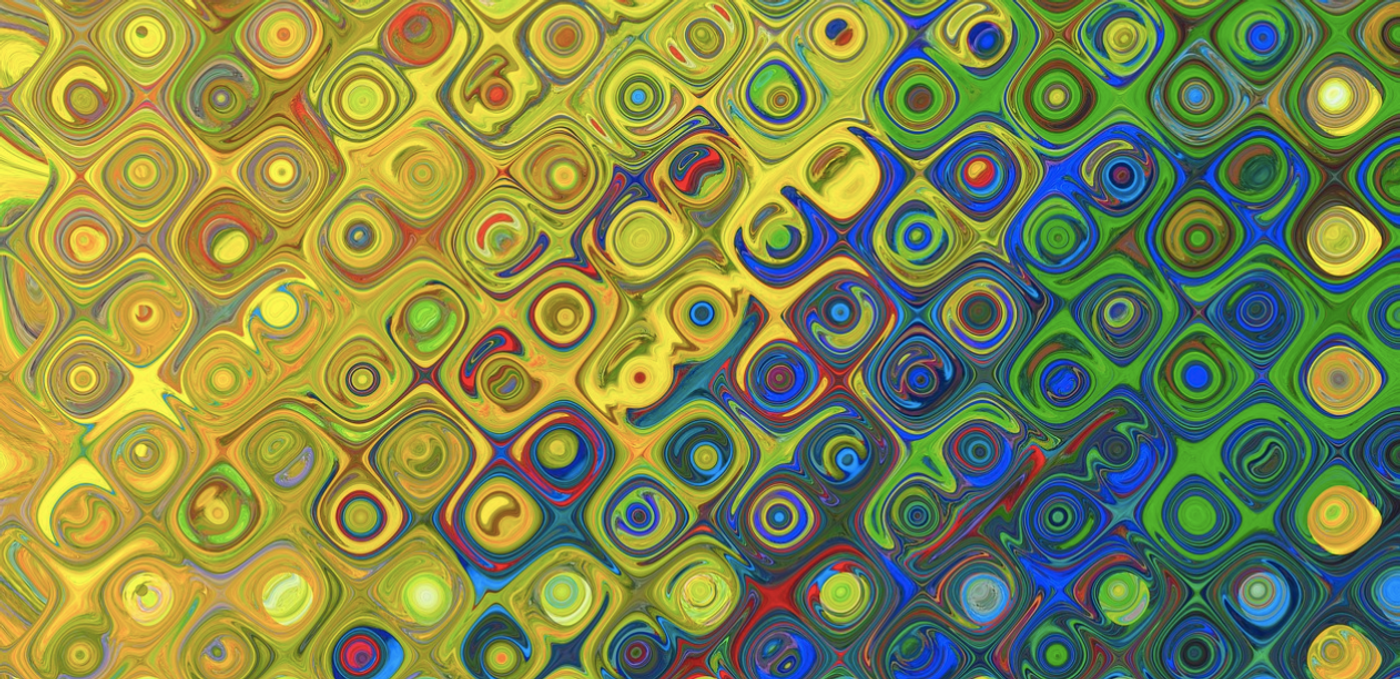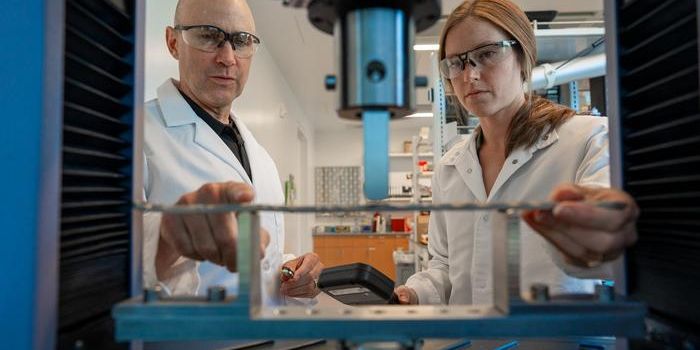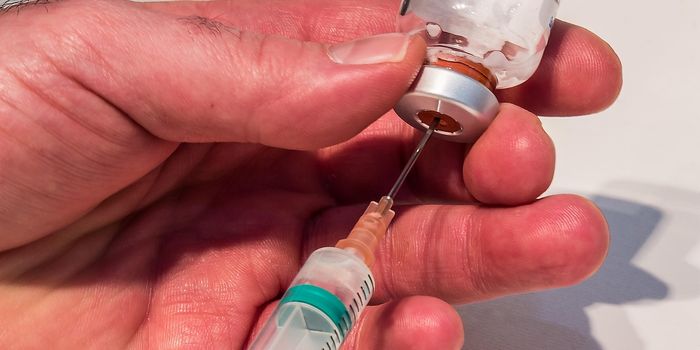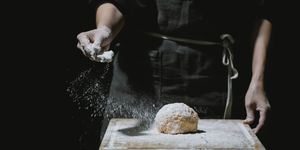Antibodies are Sometimes Made with 'Stolen' DNA
The human immune system must respond to a diverse array of infectious agents and harmful invaders throughout our lifetime. To do so, the genes that are responsible for creating antibodies can undergo a certain kind of genetic recombination (V(D)J recombination) and mutation. But a few years ago, scientists identified unusual antibodies in blood samples from malaria patients; these antibodies contained segments that come from a gene that was thought to be unrelated to fighting pathogens. Now, they have learned more about those antibodies. The research has been reported in the Proceedings of the National Academy of Sciences (PNAS).
Researchers suggested that the immune systems in these patients were battling the malaria, but they had integrated a portion of a receptor called LAIR1 into antibodies that were being produced. The addition of the piece of LAIR1 seems to have enabled the antibodies to recognize the parasites that cause malaria more effectively.
The LAIR1 receptor normally inhibits the immune system, and the malaria pathogen might be using that gene so it can reproduce more easily, explained corresponding study author Professor Kathrin de la Rosa, a lab director at the Max Delbrück Center for Molecular Medicine in the Helmholtz Association (MDC), as well as other appointments.
The scientists wanted to know how widespread this phenomenon was, so they examined blood samples from 56 donors including people living in Europe and Africa. They found antibodies that used foreign genes or fragments of DNA from far away places in the genome in over 80 percent of the donors, said first study author Mikhail Lebedin, a researcher in the de la Rosa lab at MDC.These antibodies were common in individuals whether they had previously been infected with malaria or not, and regardless of their ethnicity.
The investigators also determined that the foreign material was being added to one part of the antibodies, called the heavy-chain segment. They also looked for the origins of the genetic material, and found a pattern. The researchers suggested that there is a plan underlying the 'theft' of that foreign genetic material, which frequently came from mitochondrial DNA or from the ends of chromosomes, called telomeres.
"So far, the assumption has been that the diversity of antibodies only resulted from mutations in the antibody genes," noted de la Rosa. This study has shown that the real story is a bit more complex. "Nevertheless, our study ultimately raises more questions than it answers," she added. The researchers want to know more about how DNA is actually being stolen, and whether new antibodies or the B cells that generate them can be artificially created in this way. Knowing more about antibody diversity could help us create better vaccines, added de la Rosa, who is also trying to modify B cells so they will produce more powerful antibodies.
Sources: Max Delbrück Center for Molecular Medicine, Proceedings of the National Academy of Sciences









